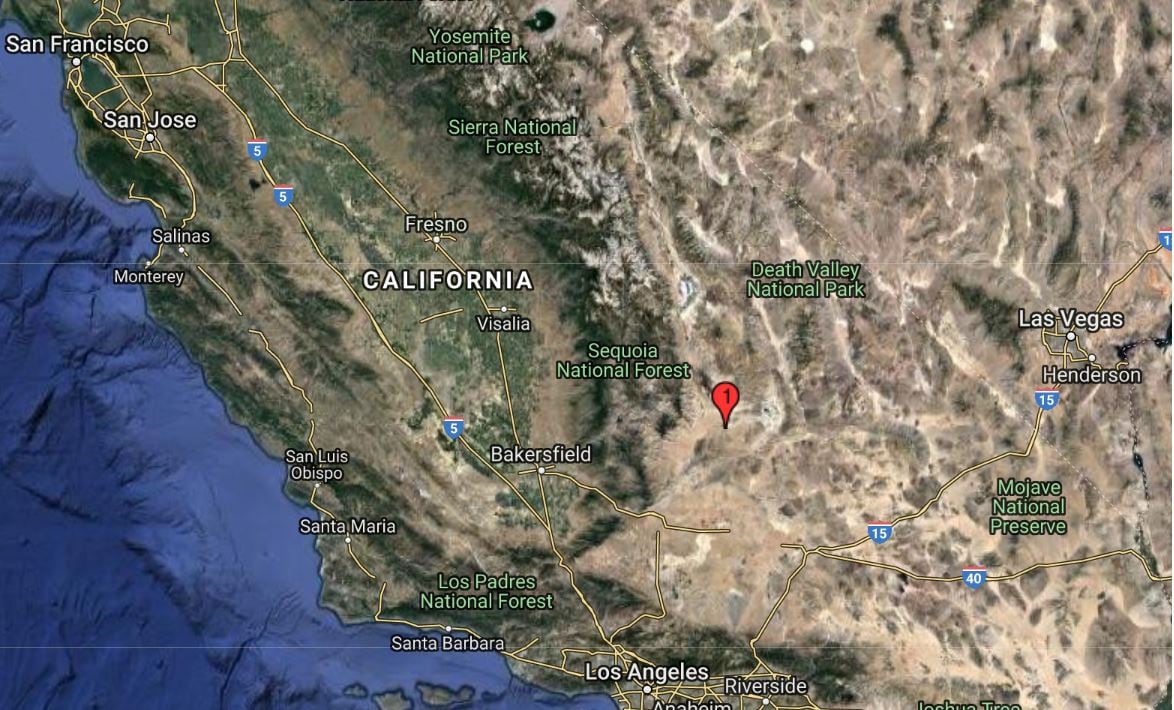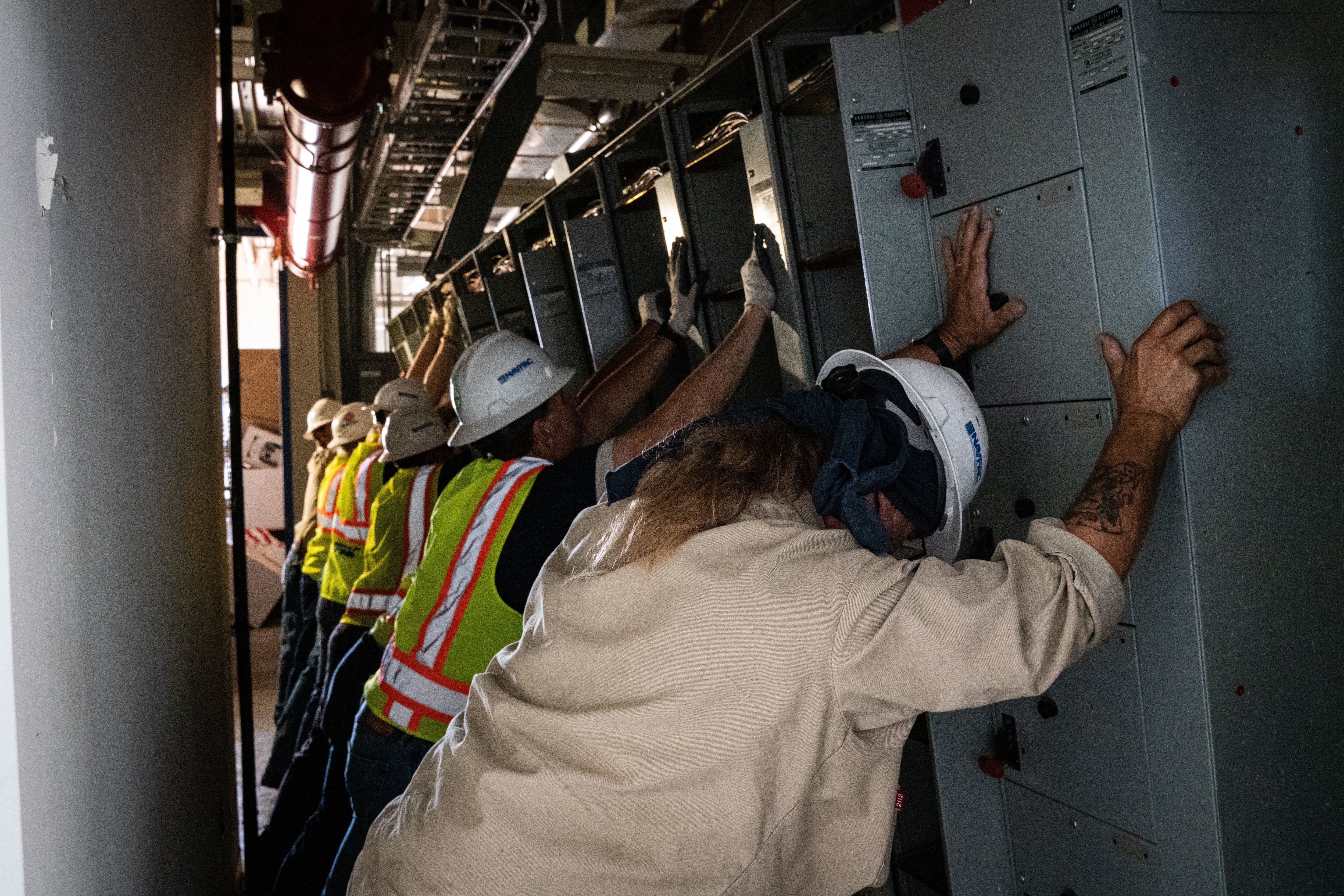Independence Day weekend 2019 yielded twin earthquakes and thousands of aftershocks that rocked the California hamlet of Ridgecrest, buckling roads, igniting fractured natural gas lines and breaking home furnishing.
Also damaged was Naval Air Weapons Station China Lake, a base that begins about three miles north of town and sprawls over 1.1 million acres. The 6.4 and 7.1 magnitude quakes rippled through the Mojave Desert installation, shaking its nearly 1,200 facilities where researchers create and test some of the world’s most advanced weapons.
About 20 percent of the installation’s buildings were declared unsafe, and many structures require replacement. According to a 2019 government report provided to Navy Times, estimated costs to get China Lake back to what officials call a mission capable status could reach up to $2 billion.
Last week, Naval Facilities Engineering Command Southwest took an early step in that rebuilding process by awarding a nearly $100 million contract for the construction of 25 new ordnance magazines as well as an inert storage facility, a Navy release said.
“This is the first major new construction project awarded in support of the NAWS China Lake earthquake recovery effort and is an important part of restoring the installation to its full operational capability,” Capt. Mike Oestereicher, NAVFAC Southwest commanding officer, said in the release.
In the aftermath of the two quakes, more than 30 ammunition storage magazines were considered “unsuitable for continued use” and no longer “able to withstand blast pressures,” according to the report. Aftershocks inflicted even more damage to the battered ammunition storage facilities, which support China Lake’s primary mission as an air weapons station.
In addition to the design and construction of the new magazines, the contract announced last week will cover the demolition of the critically damaged ordnance facilities.

“Mission critical operations and [Research Development Test and Evaluation] support to the fleet were adversely impacted by the damaged magazines, with ordnance being jam-stowed in the handful of remaining adequate magazines or shipped off-base to other sites,” Oestereicher said.
“This project will restore that lost capability and help bring NAWS China Lake back up to full readiness.”
Still, returning to the base’s previous readiness levels could take years, with the nearly $2 billion repair estimate covering only the base facilities themselves.
“It is important to note this cost is a rough estimate for recovery of the facilities infrastructure only, and does not include specialized equipment, furniture, machine tools, telecommunications assets, consumables, or non-facilities costs” that were damaged during the earthquakes, Capt. Mark K. Edelson, commanding officer of Naval Facilities Engineering Command Southwest, told Navy Times.
A number of hangars, weapons testing facilities, and propulsion labs — which feature rocket components, guided missiles, free-fall weapons and other ordnance — were damaged beyond repair.
Structural cracking rendered buildings unsafe, bolts were sheared off support beams, stairwells suffered seismic joint failure and separation, bursting water pipes flooded buildings, and heating, ventilation and air conditioning units became dislodged after walls bowed inward.
“Loss of China Lake Propulsion Laboratories results in inability to support critical weapons" and the damage cripples "mission capability to Combustion Sciences, ordnance, propulsion, and explosives synthesis, mixing, and casting activities,” the report states.
Navy officials, meanwhile, say they hope the major rebuilding project will serve to streamline future operations at China Lake, where more than half of the buildings were erected before 1980 — some during World War II — and were not up to current seismic standards.
“This critical investment will bring our weapons storage capability into the modern era and will support testing programs for current and future weapons systems,” Capt. Jason Sherman, commanding officer of Naval Weapons Station Seal Beach, said in the release.
“Importantly at China Lake, these new magazines will be seismically rated to modern standards for increased environmental resiliency.”
Officials estimate the magazine construction project will be completed by August 2022.
J.D. Simkins is the executive editor of Military Times and Defense News, and a Marine Corps veteran of the Iraq War.




